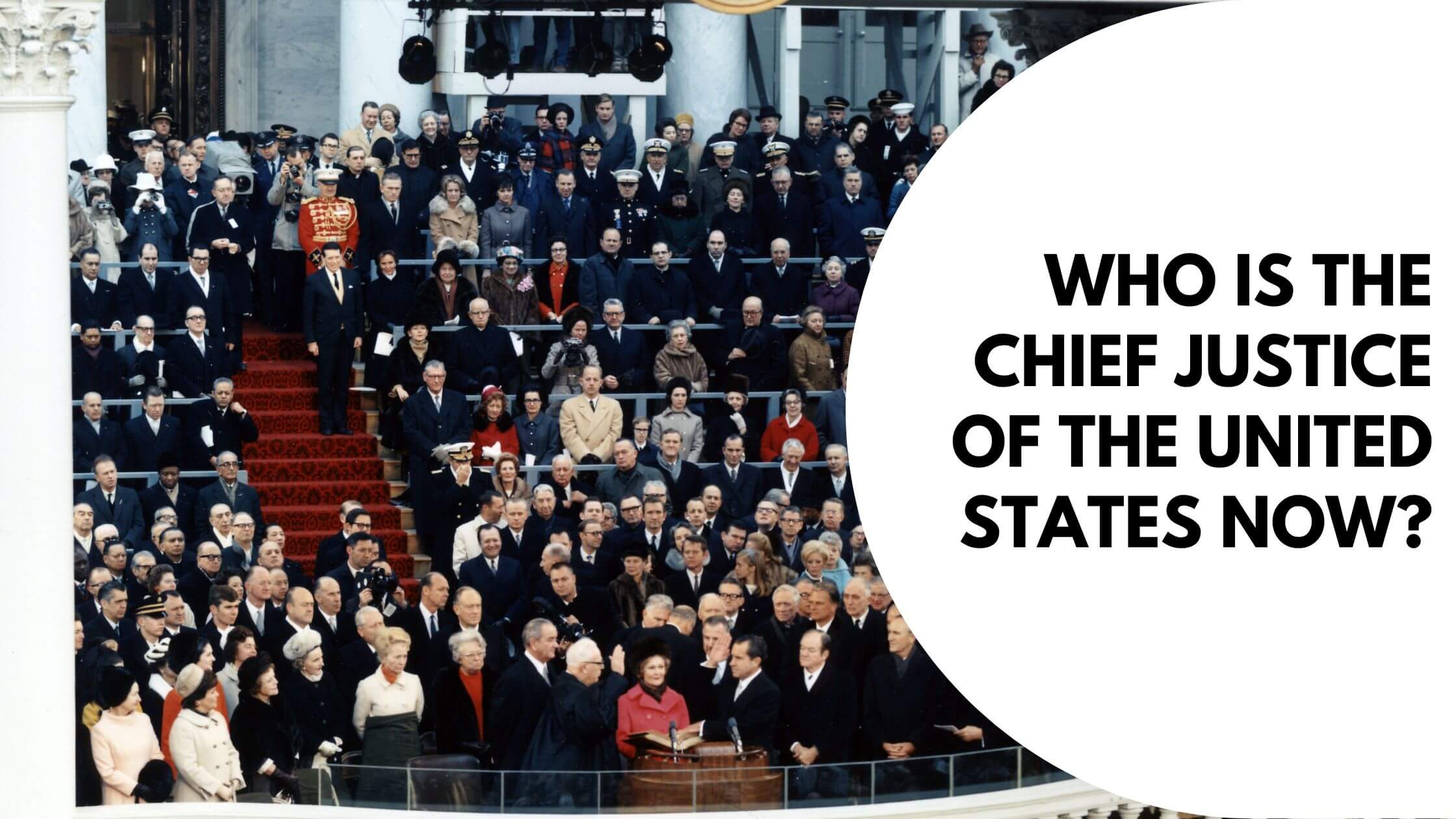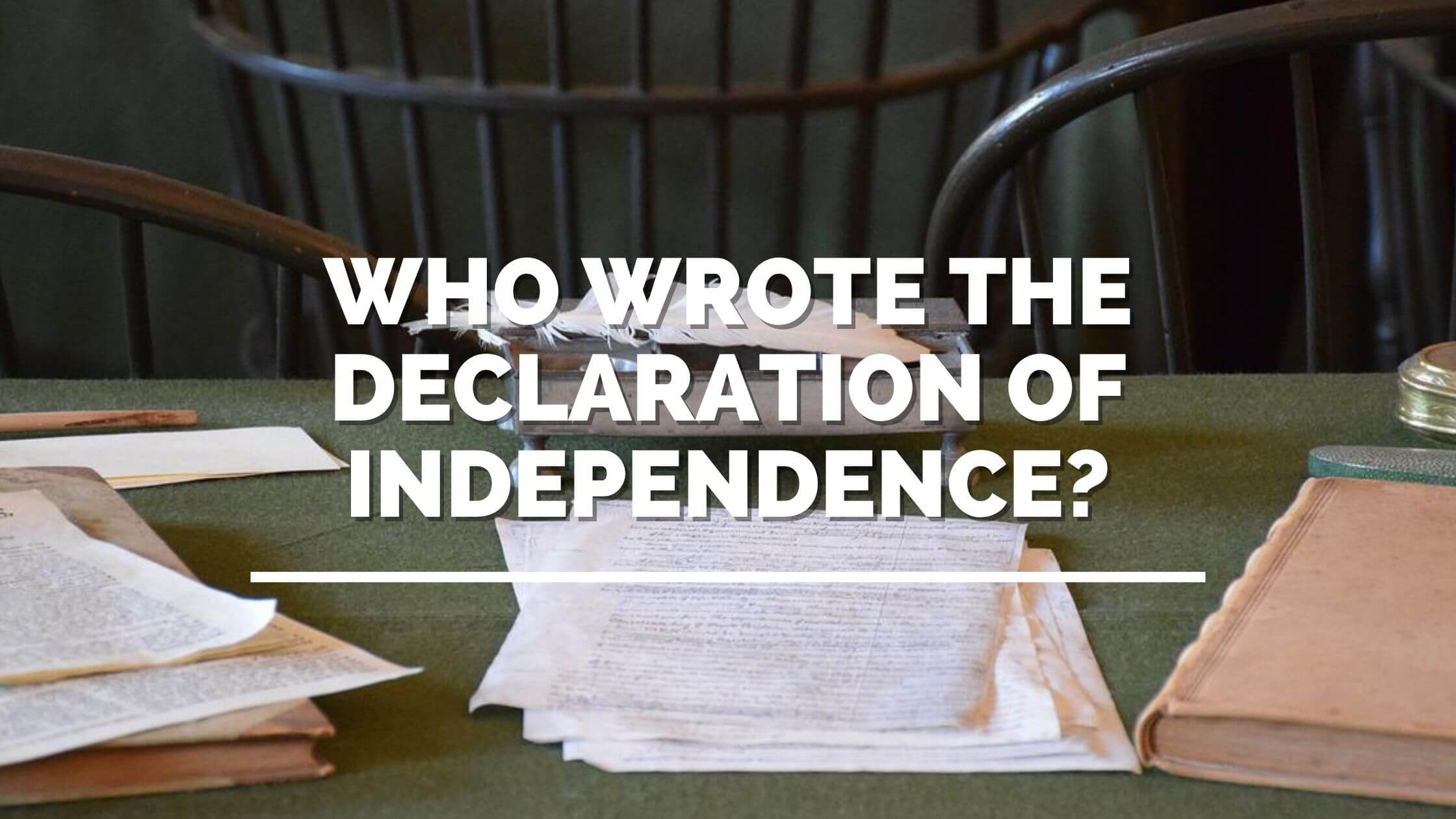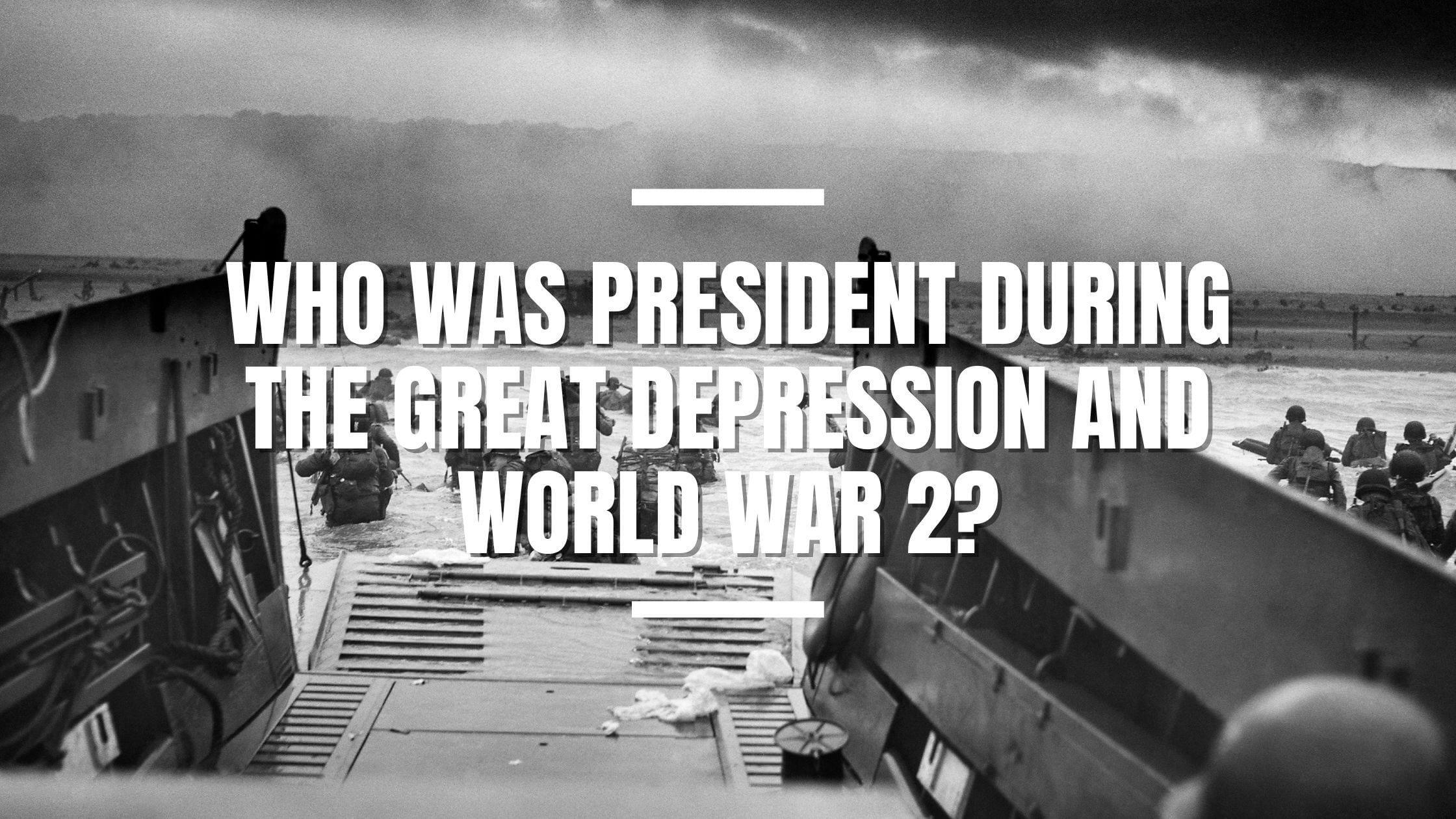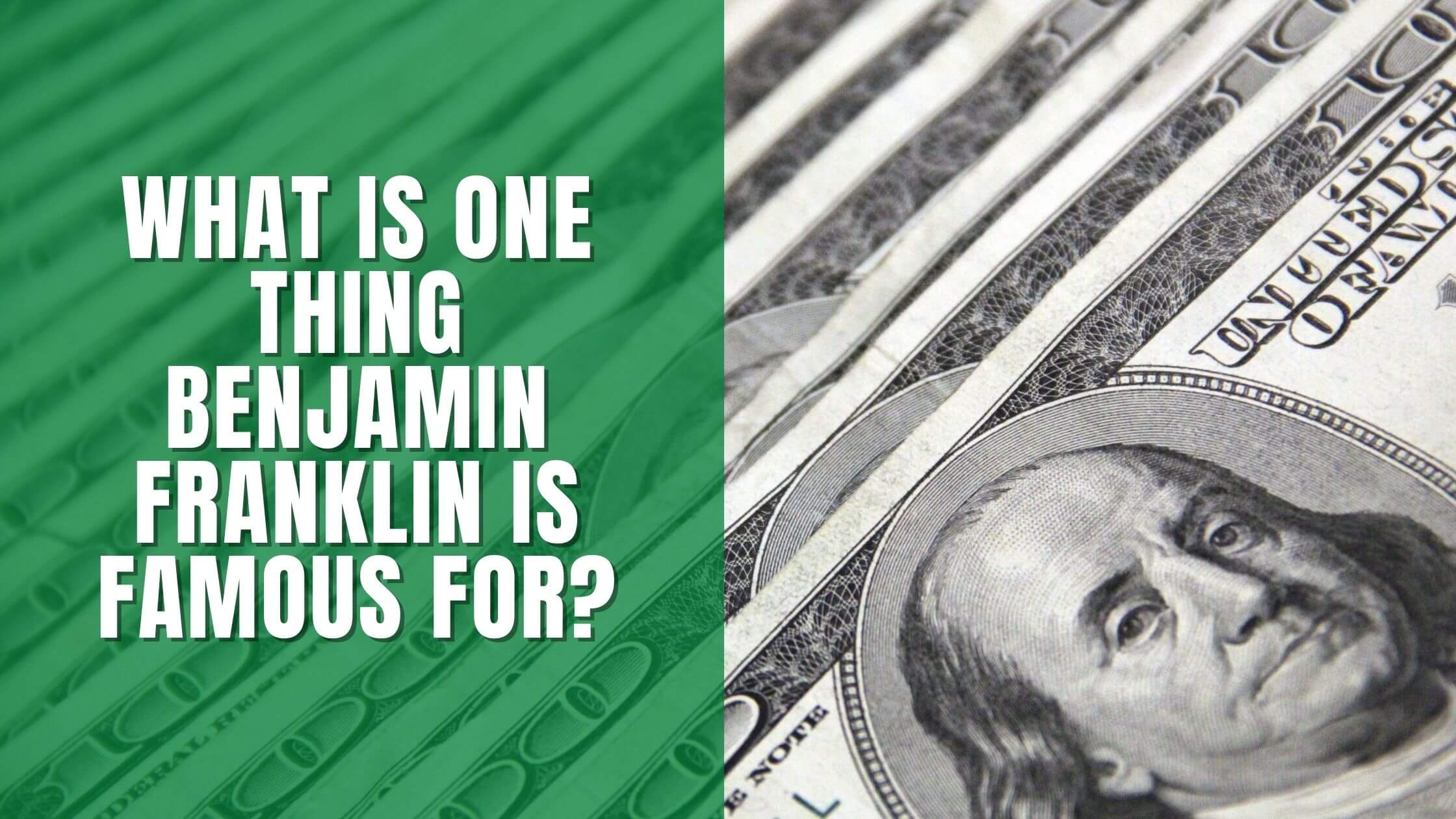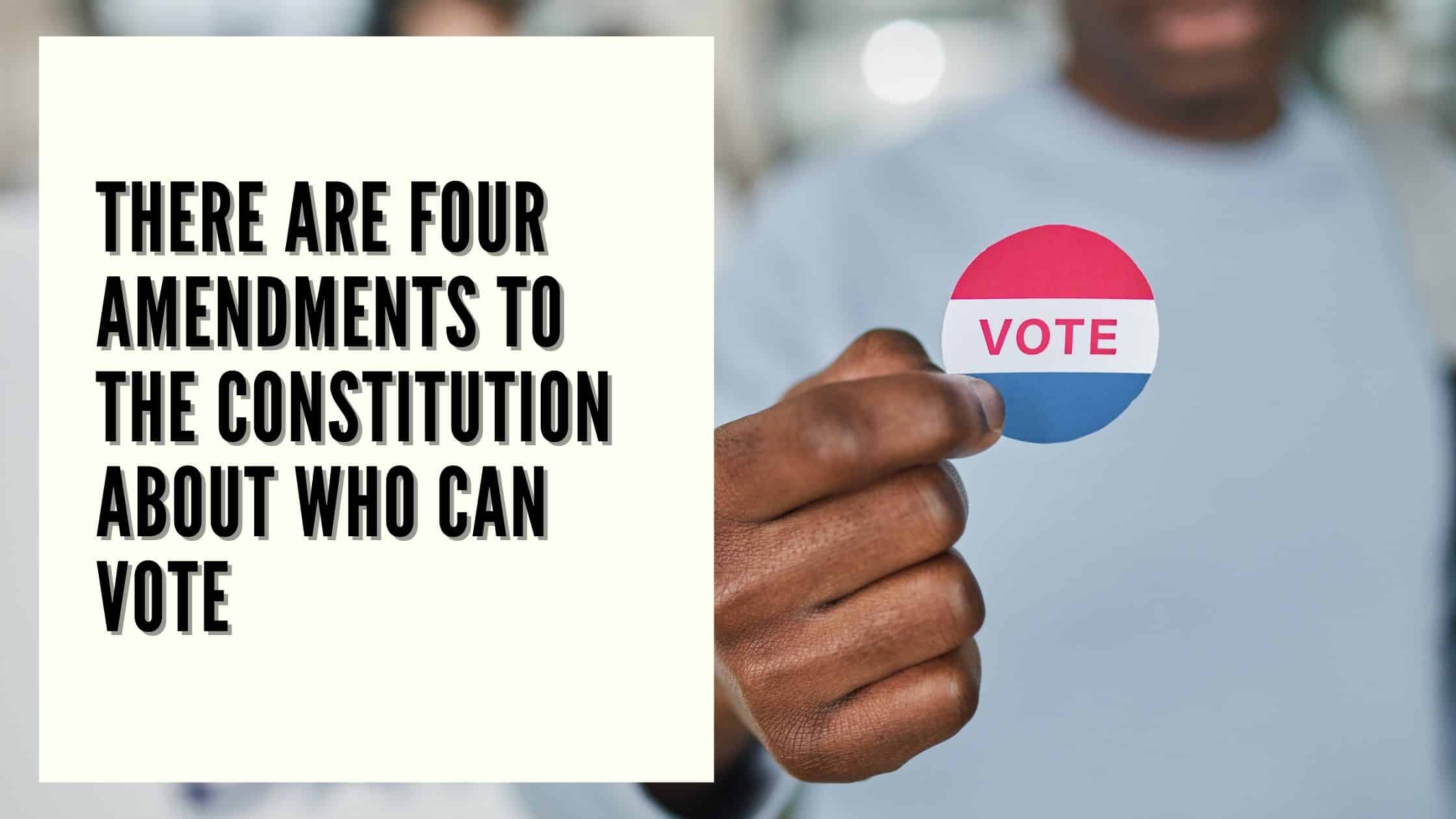Table of Contents
ToggleSources
- https://www.usa.gov/veto
Official U.S. government website explaining the presidential veto process, including types of vetoes and how Congress can override them. - https://www.senate.gov/reference/reference_index_subjects/Vetoes_vrd.htm
U.S. Senate's official reference page on vetoes, providing historical context and constitutional basis for presidential veto powers. - https://www.archives.gov/founding-docs/constitution-transcript
National Archives' official transcript of the U.S. Constitution, including Article I Section 7 which establishes the presidential veto power. - https://www.uscis.gov/sites/default/files/document/questions-and-answers/100q.pdf
Official USCIS document listing all 100 civics questions for the naturalization test, including the question about who vetoes bills. - https://history.house.gov/Institution/Presidential-Vetoes/Presidential-Vetoes/
U.S. House of Representatives' historical records of presidential vetoes, providing statistics and examples referenced in the blog post.
Key Points
- The President of the United States has the exclusive power to veto bills.
- The President has 10 days to sign a bill into law or veto it, with a written explanation required for a veto.
- If the President takes no action within 10 days, the bill automatically becomes law.
- Congress can override a presidential veto with a two-thirds majority vote in both chambers, though this is rare (only about 7% of vetoes have been overridden).
- A pocket veto occurs if Congress adjourns before the President can act on a bill, preventing Congress from overriding it.
- The Supreme Court has ruled that a pocket veto can only be used when Congress is adjourned 'sine die' (indefinitely).
- Veto-proof majority refers to bills that pass with at least two-thirds support in both chambers, making a presidential veto unlikely.
- Important annual legislation and bills affecting large portions of the population often pass with veto-proof majorities.
- If a vetoed bill is not overridden by Congress, it effectively 'dies' and does not become law.
- Historical data shows varying numbers of vetoes by recent presidents, with Clinton vetoing 37 bills, George W. Bush and Obama each vetoing 12, and Trump vetoing 10.
Summary
The blog post explains the U.S. presidential veto process, detailing how the president can veto bills passed by Congress, the 10-day window to act, and the requirement to provide a written explanation. It also covers Congress's ability to override a veto with a two-thirds majority—though this is rare—and mentions the pocket veto, which cannot be overridden if Congress adjourns. Historical data shows that only about 7% of presidential vetoes have been successfully overridden.
To pass the US citizenship test, you will have to answer 10 of a possible 100 questions. The following question is from the USCIS test.
Who vetoes bills?
Answer:
The President.
The following is a full explanation of the USCIS question:
The President of the United States Vetoes Bills
The power to veto bills lies exclusively with the President of the United States. According to Section 7 of Article I of the United States Constitution, the president is given 10 days in which to either sign a bill into law or veto it.
If the President of the United States chooses to veto a bill, he or she is required under the Constitution to provide a written explanation as to why the veto was issued. The vetoed bill is then sent back to the chamber it originated from, where Congress may opt to override the veto with a two-thirds vote in both chambers or let the bill “die.”
During those 10 days, the president may also choose to take no action. If he or she chooses to take no action on the legislation and simply opts not to sign it, it automatically becomes federal law at the end of that ten-day period.
The Veto Powers of the President
After a bill has passed both the upper and lower chambers, it is sent to a conferencing committee to thrash out the remaining details. From the conferencing committee, the leaders of both houses and the secretaries are obligated to sign off on the bill before presenting it to the president. Once presented to the president, he or she will have 10 days in which to act on it.
Accordingly, if the president chooses to veto the bill, he or she is required to explain why it was vetoed. This form of regular veto is also referred to as a qualified negative veto. In the issuance of a regular veto, the President of the United States will return the bill to the originating house and a document known as a memorandum of disapproval.
Although Congress has, over the years, overridden presidential vetoes during the legislative process, it is a rare occurrence. To date, the Presidents of the United States have vetoed more than 1400 bills, and Congress has only been able to override those vetoes on a little over 100 occasions. As a result, only about 7% of those vetoes have been overridden.
President Clinton vetoed 37 bills while in office. President George W Bush vetoed 12, Barack Obama, 12, and President Trump, 10.

Get Smarter on US News, History, and the Constitution
Join the thousands of fellow patriots who rely on our 5-minute newsletter to stay informed on the key events and trends that shaped our nation's past and continue to shape its present.
A Pocket Veto
If a bill is passed to the president before the adjournment of Congress, a pocket veto can take place. Unlike a normal veto, a pocket veto may not be overridden by Congress. According to section 7, Article I of the United States Constitution, it is declared that if Congress adjourns and therefore prevents the return of a bill, it effectively waives its right to override the same.
Naturally, the United States Constitution is not exactly clear on the actual term adjournment, so there have been debates over the years to properly define it. Previous attempts to use the pocket veto have taken place during both inter- and intra-session adjournments. However, the Supreme Court has ruled that the president only has the power of pocket veto only when Congress is said to be “adjourned sine die“
Overriding a Presidential Veto
If the president chooses to veto a bill, he or she must send that bill back to the house it initiated from, along with a memorandum of disapproval. Simultaneously, yet independently, both the upper and lower chambers of Congress can move to override the veto.
Overwriting a veto requires that both the upper and lower chambers of Congress vote in favor of the bill’s passage by a two-thirds majority. Because most bills pass with merely a simple majority, overriding a bill is generally rare. Throughout United States history, a mere 7% of vetoes have been overridden by Congress.
For this reason, the party that holds the majority of seats in both the upper and lower houses of Congress will not present legislation that it knows for a fact the president will veto. Notwithstanding, certain regular acts of legislation that occur annually pass with what has become known as a veto-proof majority.
Veto-Proof Majority
The term veto-proof majority refers to any bill or piece of legislation that passes through both chambers of Congress with, at the very least, two-thirds of all representatives in support of it. Since most legislation passes with a simple majority, a veto-proof majority occurs only on rare occasions.
Generally speaking, important acts of Congress that are required to keep the government running on a year-to-year basis will pass with a veto-proof majority. Likewise, other important pieces of legislation that directly affect the rights and liberties of a large portion of the country also pass with veto-proof majorities regularly. The President of the United States is not likely to issue a veto on any bill or legislation that passes through both chambers, with two-thirds of Congress voting in favor of it.
The End of a Bill
When legislation passes through both the Senate and the House of Representatives with a simple majority, and the President of the United States vetoes the bill, Congress will generally not attempt to override it. Since it requires a two-thirds vote in both chambers to override a veto, unless the legislation is dire and has garnered high support from both parties in Congress, the number of votes needed to override cannot be achieved.
A piece of legislation can die at any point in the process, from its introduction and initial reading to its transmittal to the other chamber. For the sponsors and cosponsors of a bill that makes it to the president’s desk, it’s a veto can be devastating. After weeks of hard work and dedication to the passing of a bill, any piece of legislation vetoed by the president “dies” if Congress cannot override it.
Who Vetoes Bills? Quiz
Frequently Asked Questions
Who has the power to veto bills in the United States?
What happens if the President vetoes a bill?
What is a pocket veto?
How can Congress override a presidential veto?
What is a veto-proof majority?
How useful was this post?
Click on a star to rate it!
Average rating / 5. Vote count:
No votes so far! Be the first to rate this post.
We are sorry that this post was not useful for you!
Let us improve this post!
Tell us how we can improve this post?

